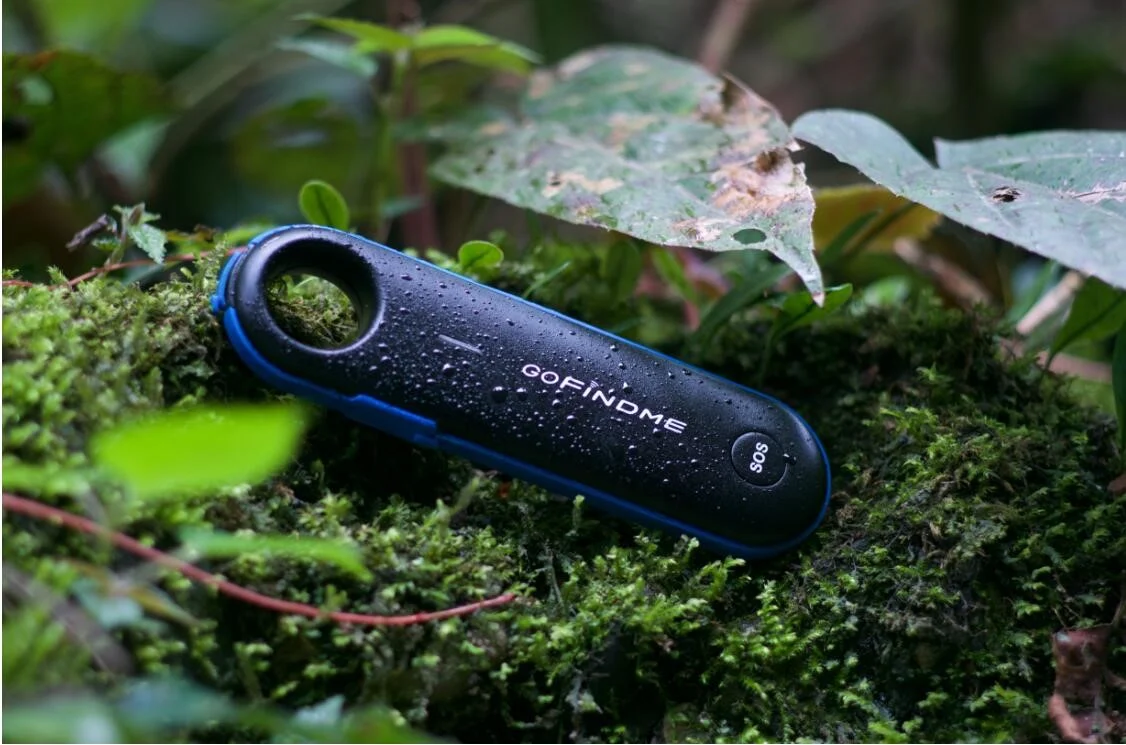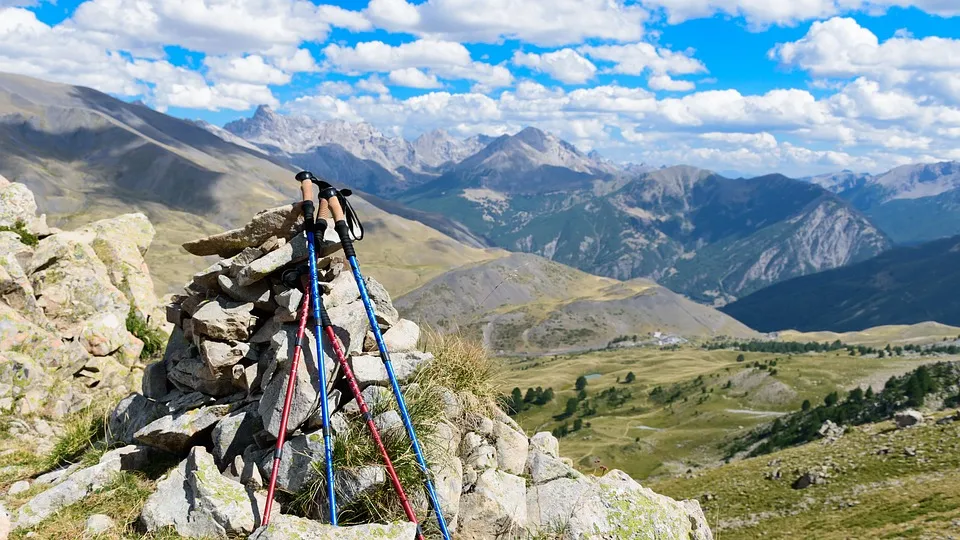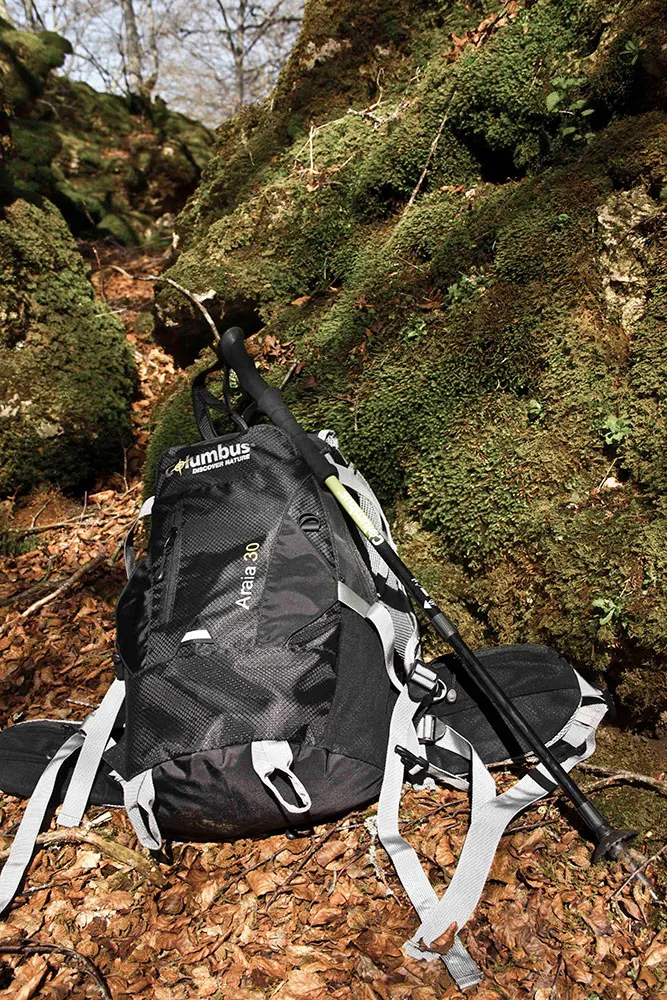Ad Code
Translate
Smart strategies for trading on crypto exchanges
October 20, 2025
Five Do’s For a Healthy Turnover That Bolsters Talent-Retention
October 20, 2025
Discover Honeybee Pharmacy (2025 Guide Important Consumer Tips)
October 14, 2025
What is Ozempic (semaglutide)? (Updated in 2025)
January 30, 2025
Posture Bra: Improving Back Support and Comfort
October 20, 2025
How To Find Suitable Properties In Cyprus?
October 20, 2025
10 Effective Strategies to Improve Domain Authority of Your Website
October 20, 2025
10 Hiking Essential Gear That You Should Not Hike without
Khabza Mkhize
January 09, 2023
Trekking Backpack
When you go hiking, we are supposed to take many things with us, since you never know what can happen. Therefore, we have to carry a backpack on our tour. You have to choose a backpack that is always as light as possible, suitable for the type of route to be practiced, of precise size and that adapts to the needs of space, especially that it is waterproof.The closures of the hiking backpack must be zippered, thus preventing the entry of water.
The ideal trekking backpack has to have tapes to adjust it to the waist and chest, in addition to some tapes so that when we get tired of carrying the sticks or anything else in our hands, we can hold them in the backpack to be able to transport them.
You have to keep in mind that the weight we can carry is less than one fifth of our weight.
Clothing
When you go hiking, we never know the exact weather, because it can change easily and in the morning and evening it is colder than during the day. That is why we recommend that the clothes be as light as possible, but always respecting the times in which they are (spring, summer, autumn and winter). For example, in summer you should wear a first layer shirt underneath so that it can be soaked with all the sweat, and another one over it to prevent us from getting cold. On the other hand in winter it is better to wear two light clothes and a fleece instead of a thick garment.You have to always go as warm as possible, but you never have to hinder or prevent proper movement.
In the extremities, where virtually all the heat from our body escapes, we have to protect them for the cold. That is why in the feet we do not have to forget about some technical socks that prevent the cold from escaping, and spare ones in case the feet get wet.
In winter we will have to wear gloves on our hands.
In the mountains you must always take precautions, so you must always wear a raincoat.Look how fast the weather changes in the cities, imagine how it can be in the mountains. Suddenly it can rain, as air rises or there is humidity, so a raincoat or a poncho that does not occupy anything and covers us and the backpack.
You always have to wear a hat or cap, since if we make a route in the middle of summer on a mountain at about 1,000 m altitude for about 4 or 5 hours, the sun will hit us beautifully, and if we do not have it We will regret it.
Map Of The Hiking Trail
Before starting any trekking trip, it is very important to know what we are going to face, what type of roads we are going to walk or the surroundings, so it is highly recommended that we get a map of the area.It would be highly recommended to mark the route on the map with a marker with the help of a compass, so that if there is a dense fog, to follow the route with the help of the map and the compass.
Communication and Navigation Device
Nowadays, it seems everybody takes their mobile phone on trail. It does not have to be the latest model although it is already recommended that it be a smartphone with internet access. It is not to check Facebook and WhatsApp every two minutes, although some see it necessary.It is in case something happens: you get lost, someone is injured and cannot keep walking, etc. and you have to ask for help or rescue.
However, there are a lot of places on hiking trails where no good coverage is available. Maps and compass will help. You can put one of those “wearable” accessories like GoFindMe GPS tracker. It allows you to send real-time location and voice/text messages to other members without cell service. It is regarded as the best hiking GPS tracker without monthly fee.
Special Boots
You should buy boots as light as possible and the foot should be well adjusted inside, and also have to be waterproof. It is the most important element to go trekking, so you have to think very much which ones to buy.
A couple of tips:
If you cross paths with mud, it is advisable to clean the soles with a stick, because if not, you will have the feeling when you are wearing boots with a smooth sole.Never wear boots on the same day of hiking, as they can spoil the day if they do not adapt well to the foot, or you to them.
Trekking Poles
The trekking poles will help us distribute the weight when we lift the other foot at two different points, which will make us more stable.
The aluminum poles with anatomical grip are very recommendable and lightweight, the end of the cane ends in a piece of rubber or metal Pointy
There are several types, which are fixed and extensible. Extensible in my opinion are better, since they can be adjusted to the size of each person, and when we get tired of carrying it in our hand or we do not need it anymore, we can always put it in the backpack or hold it in the backpack with special tapes for it.
Water
Water is a very important element, since it is recommended that every human being has to drink 2 liters of water daily. Therefore, before starting the route, you should visualize the map and see if there is any source along the way, although depending on the time, the source may be dry or frozen. That is why you always have to carry a canteen , with at least 750 ml of water, and fill it whenever possible.
Food
Whenever you go out for trekking, it is highly recommended to bring something to eat, since for anything it may be the case that you have a drop in tension, sugar or just be hungry. That is why it is an essential element that we must carry in the backpack, which depending on the duration or the hardness of the route you will have to carry more or less food in the backpack.
Utility Knife
We may not use it that day, but it does not hurt to carry a multi-purpose knife. We do not need those that have a thousand functions, but with a straight blade, can opener, punch and saw blade would suffice. If we were camping, we would have to have one with some other function.First Aid Kit
Featured Post
DL Mining Launches Ethereum Contract Participation Service, Helping Users Earn $2K Stable Daily Returns
Zizo Gala-Mkhize-
October 20, 2025
Soapie Teasers
Sister Sites
Most Popular
List of 6,000+ Dofollow Commentluv Blogs FREE (Updated 2025)
January 16, 2025
Five Do’s For a Healthy Turnover That Bolsters Talent-Retention
October 20, 2025
How To Choose The Right Place For A Winter Campsite
March 06, 2023
Popular posts
List of 6,000+ Dofollow Commentluv Blogs FREE (Updated 2025)
January 16, 2025
Five Do’s For a Healthy Turnover That Bolsters Talent-Retention
October 20, 2025
How To Choose The Right Place For A Winter Campsite
March 06, 2023
Footer Menu Widget
Created By Blogspot Theme | Distributed By Gooyaabi Templates







Social Plugin